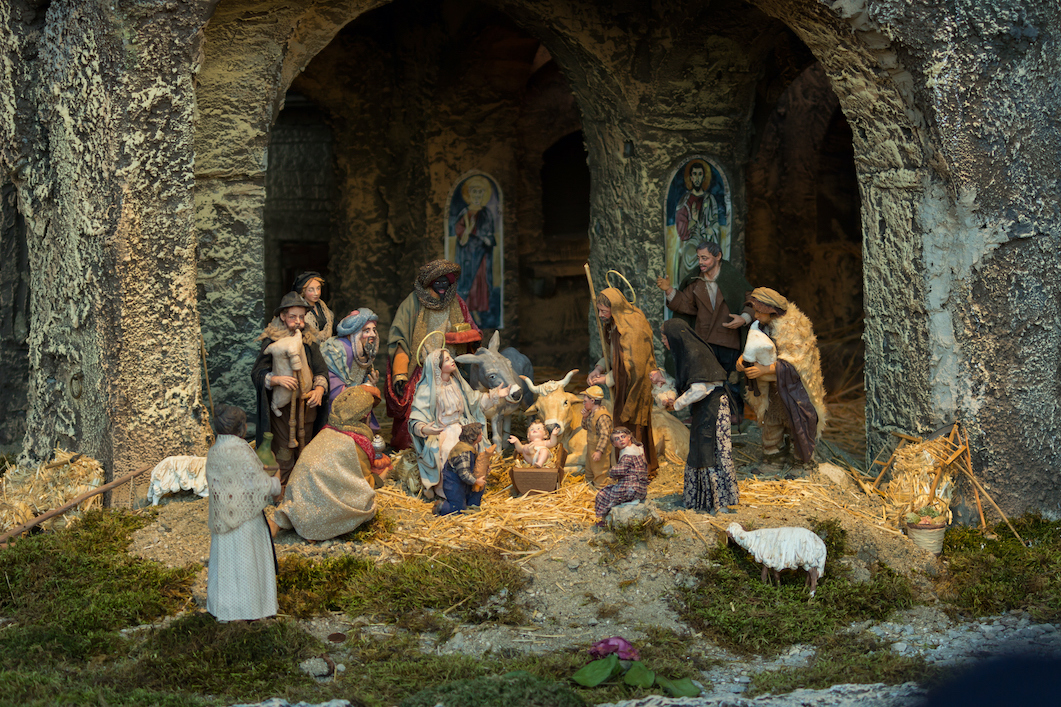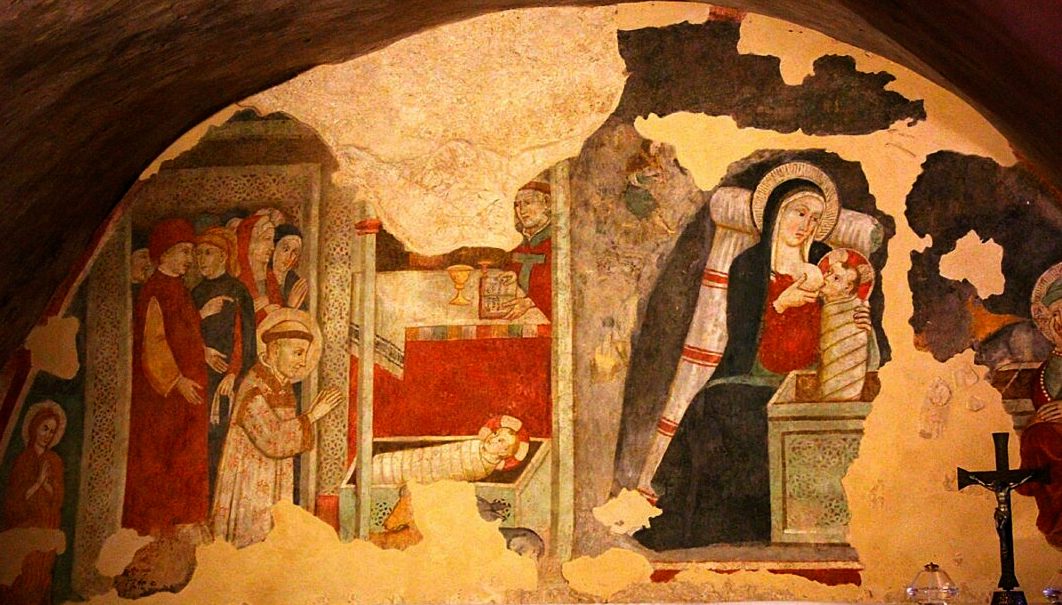
St. Francis of Assisi, one of the most beloved saints in Christian history, is widely recognized for his deep devotion to Christ and his unparalleled love for God’s creation. His life, marked by humility and poverty, was a testament to his unwavering faith. Among his many contributions to Christian tradition, his creation of the first Nativity scene in Greccio, Italy, in December 1223 stands out as one of the most profound and enduring legacies.
The inspiration for this live representation of the birth of Jesus stemmed from St. Francis’ pilgrimage to the Holy Land in 1219–1220. During this time, he visited the sacred sites of Christ’s life, death, and resurrection. These experiences left a deep impression on him, making the events of Jesus’ life feel more tangible and real. St. Francis yearned to recreate that profound connection for others, particularly for those who could not travel to the Holy Land themselves.
In November 1223, St. Francis sought permission from Pope Honorius III to stage a Nativity scene. The friar was deeply familiar with the hilltown of Greccio, located about 50 miles north of Rome, having preached to its people for over a decade. With the pope’s blessing, Francis began preparing for a unique Christmas celebration.
Two weeks before Christmas, St. Francis asked his friend, Lord Giovanni Velita of Greccio, to prepare a cave near the hermitage. The cave was adorned with a hay-filled manger, live animals—including an ox and a donkey—and all the elements necessary to recreate the humble scene of Jesus’ birth in Bethlehem. Francis’ intent was to bring the story of the Nativity to life, allowing the faithful to witness with their own eyes the simplicity and poverty in which Christ entered the world.
On the night of Christmas Eve, villagers gathered at the cave, carrying candles and torches to illuminate the scene. Fires blazed in the rocky crags, casting a warm glow over the gathering. During the Mass, St. Francis, as a deacon, proclaimed the Gospel and delivered a heartfelt homily. According to Brother Thomas of Celano, St. Francis wanted people to “see with their bodily eyes” the humility and vulnerability of Christ’s birth.
 The site of the original Nativity in Greccio
The site of the original Nativity in Greccio
A miraculous event is said to have occurred that night. Giovanni Velita, an eyewitness, testified that a real infant appeared in the empty manger. St. Francis, overcome with reverence and love, embraced the child, holding him close to his heart. In the days and weeks that followed, more miracles were reported. People claimed that touching the straw from the manger brought healing to the sick and relief to animals and women in labor.
This first Nativity scene became a powerful symbol of faith and devotion. Today, the site of the original Nativity in Greccio remains a place of pilgrimage. A Franciscan hermitage and sanctuary mark the spot, with a rock altar and frescoes depicting the birth of Christ. Every Christmas, the people of Greccio honor St. Francis’ legacy by reenacting the historic event.
St. Francis’ Nativity scene continues to inspire Christians worldwide, reminding them of the simple yet profound love of God and the enduring beauty of the Christmas story.
-Lê Nguyễn Thanh Phương-
